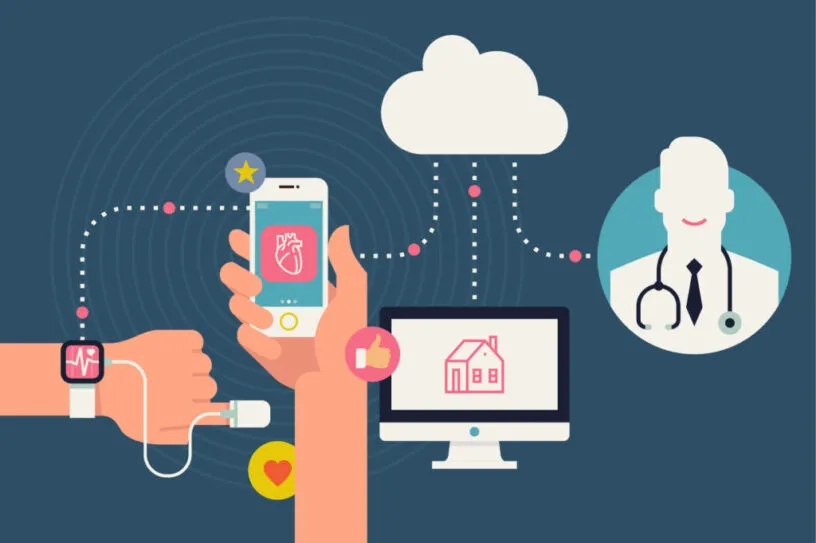Five Considerations For Wearable Devices In Clinical Trials

Craig Lipset leads Pfizer’s clinical innovation department for worldwide R&D, and in his role he helps shape new practices for clinical development at Pfizer, which includes exploring the use of wearable devices and sensors in clinical trials. Wearable devices receive plenty of attention in the consumer setting, and they are now receiving increased consideration in the clinical setting as well.
Bloomberg reported that Google has created a wristband device intended for use in clinical trials rather than being marketed as a consumer device. Google believes the device will be able to give researchers and physicians real-time data on a patient’s pulse, heart rhythm and skin temperature among other measurements.
But if these devices are going to be used in clinical trials, companies need to think through the hows and whys of using these new tools. Lipset explored this topic during a DIA panel on mHealth chaired by Phil Coran, Medidata’s senior director of quality and regulatory affairs. Lipset cautioned against the use of wearable devices in clinical trials without a clear plan in place, which he likened to “using a hammer to look for nails.”
Lipset outlined five considerations he reviews with his Pfizer colleagues before incorporating a wearable device into a clinical trial:
Know what you want to measure: It all starts here. Are you using a wearable device because you want to use a wearable device, or because it will help you answer a specific research question or clinical endpoint in your study?
Find a “fit for purpose” sensor: Consider what you need your device to be able to do in your study. You may need a regulated medical device, or you may need a consumer-grade device like a Fitbit. If you know how you want to use the data, you can let that guide your decision. In late clinical development for drug approval submissions, regulated devices may be appropriate, while consumer-grade devices may be appropriate for studies to show the real-world value of a drug for reimbursement purposes. These sensors can be used very differently depending on the purpose of the study. “I often tell folks that ‘there’s an app for that’ in the world of sensors. Start with your research question; I’ll bet there’s an innovator out there who has already developed a sensor capable of measuring what you need,” Lipset says.
Support the sensor in the study: “Just because a Fitbit comes in a pretty box doesn’t mean you can put it out in the wild and collect the data off it,” Lipset says. It’s important to have an infrastructure in place to support the device, and this includes training and support for patients and site staff. It’s a logististics-oriented approach to support the device, especially for the data flow, which leads to…
Get the data off the sensor: Regardless of what you plan to do with the data generated off a patient’s wrist, make sure you understand how it’s going to get from Point A to Point B. “This is where many consumer-grade devices are challenged. They tend to be developed to present data to patients/consumers, and so the idea of a centralized database is not always intuitive,” Lipset says.
Plan for analytics: “Perhaps the greatest challenge is what do with the data once you have it,” Lipset says. “You need the right resources to be able to analyze it, and that includes an understanding of the algorithms used in the device itself. If you don’t have the in-house capabilities for this type of data science, then find a partner,” Lipset added. Lipset’s takeaway message is clear – wearable devices generate significant hype because they offer the potential of new understanding in drug development, but it’s vital to determine where these devices fit in your clinical development plan.
The DIA Annual Meeting wrapped up in Washington, DC last week, and we had a chance to discuss many interesting perspectives on the future of clinical trials. We’ll share a few of the takeaway messages we heard at sessions and in our own conversations with industry leaders at the DIA meeting. Stay tuned for more.
Contact Us
